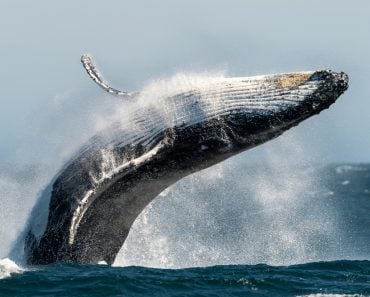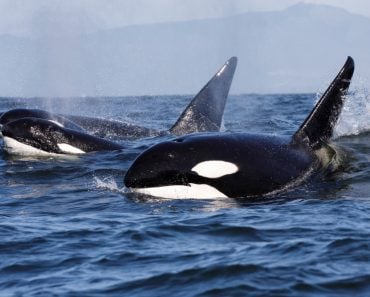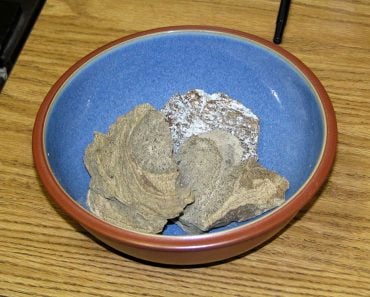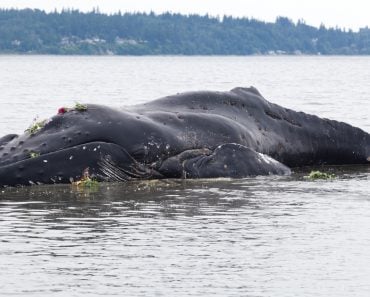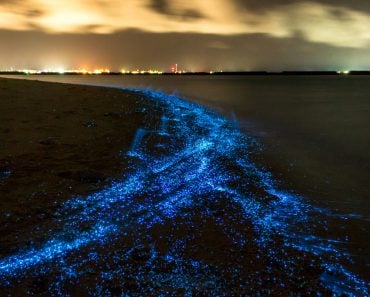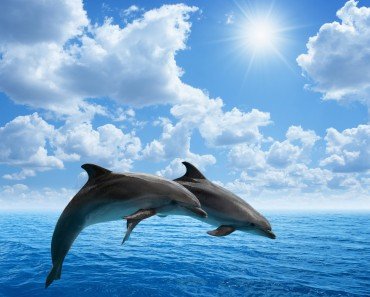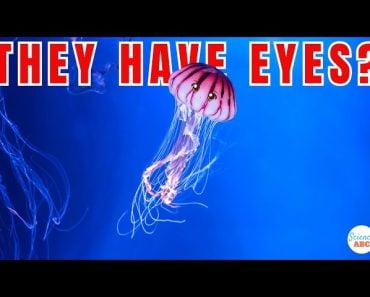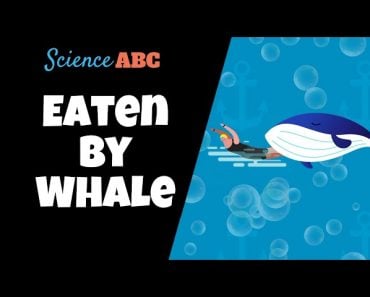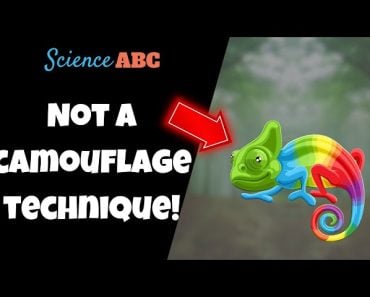Table of Contents (click to expand)
Albinism or leucism is a genetic alteration that can cause pale or white skin in mammals. However, it is extremely rare in humpback whales.
As it stands, humankind has yet to see more than 80 percent of the ocean, making everything that remains unmapped a total mystery.
It is also estimated that 91 percent of the denizens of the ocean remain unclassified. Thus, whenever there are any oceanic discoveries made, it always breaks the internet. If the discovery is a 40,000-kilogram giant, it’s bound to make the headlines of some newspapers.
When Migaloo was first discovered, people referred to him as the ‘real-life white whale’, drawing from their memories of the famous novel written by Herman Melville, ‘Moby Dick’. The story revolves around an infamous whale who sought revenge on the whalers that dared to hunt him. Although fictitious, Moby Dick quickly gained popularity, as he was a uniquely white sperm whale. Therefore, when Migaloo showed himself to the world, it seemed like he had fallen straight out of the pages of Moby Dick!
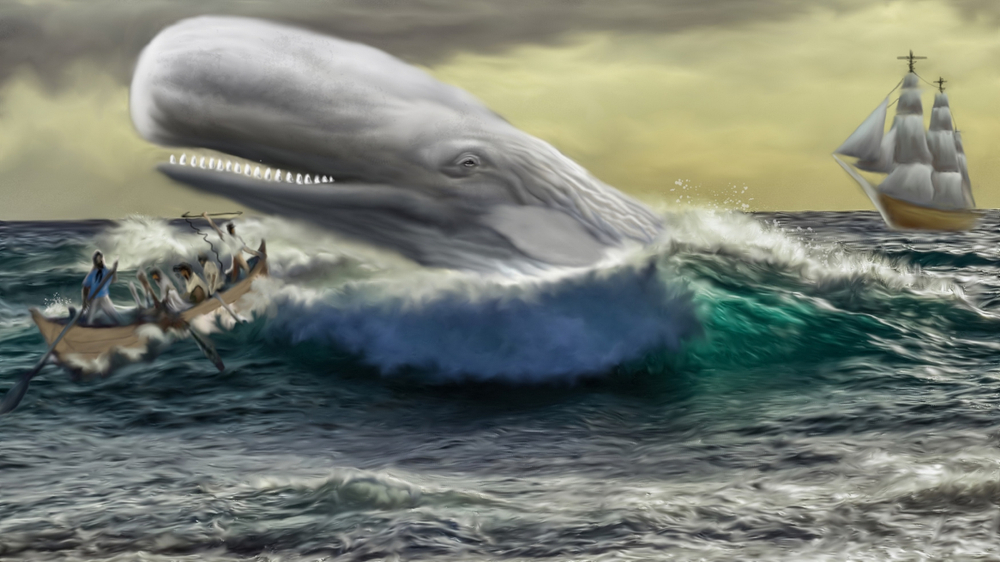
Think of sperm whales as the big-headed cousins of humpback whales.
Recommended Video for you:
The Gentle Giants
Humpback whales (Megaptera novaeangliae), as the name suggests, are named for their distinct hump in front of the fin on their back (dorsal fin). Spanning a length of up to 16 meters and weighing as much as about 10 elephants, humpbacks are a particularly chipper species of whales with a knack for making melodies. They are often found slapping their long flippers on the ocean’s surface or breaching the waters, showing off their dark grey bodies and tails with dramatic dives.
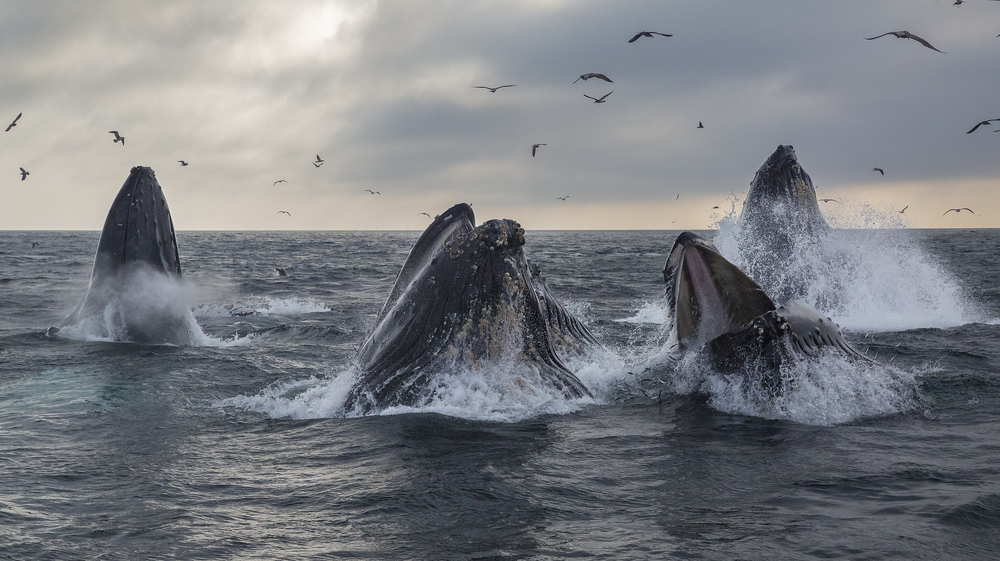
If you’re one to always keep your eyes peeled for whales in the ocean and you see a strikingly white 15-meter behemoth propelling itself through the water, consider yourself extremely lucky, because you’ve just spotted one of the rarest whales in the world.
The Story Behind The ‘White Fella’
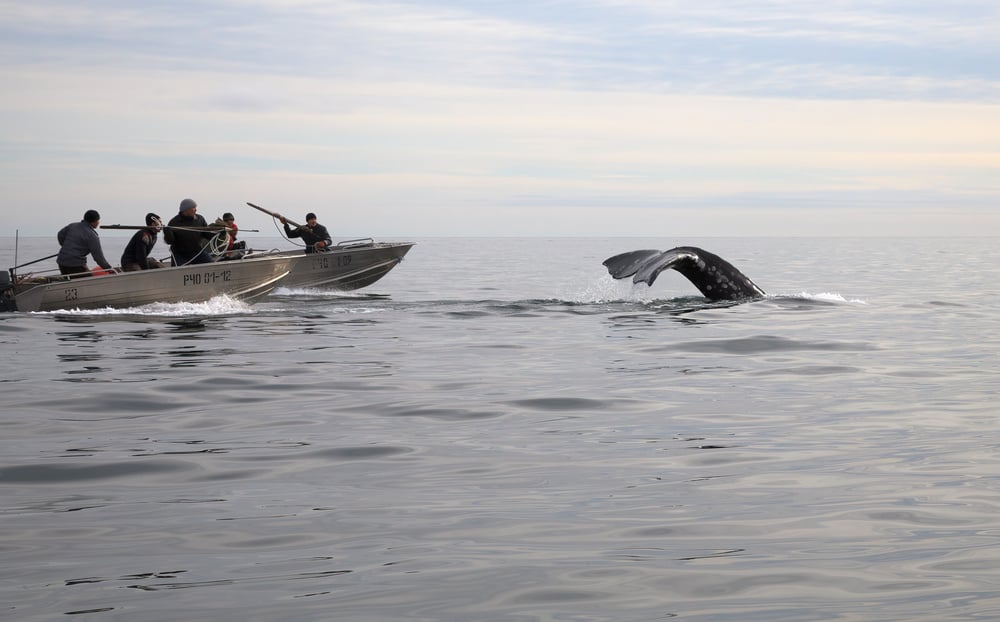
In the early 20th century, people living on coasts would rely on whales as a source of energy, from lighting up their towns to keeping them fed. Humpbacks were prized by whalers, owing to their rich oil and meat, which reduced their numbers drastically, by about 95 percent. Based on records kept by these whalers, and more recently, whale researchers, Migaloo was aptly named by aboriginal Aussies as the ‘White Fella’; he was the first and considered the only pure white adult humpback whale ever discovered.
Why ‘fella’ and not ‘chick’, you ask? Well, because Migaloo was recorded singing, a characteristic that usually only male humpbacks exhibit.
What Makes Migaloo White?
https://www.shutterstock.com/image-photo/humpback-whale-dives-kimberley-australia-clearly-688712815 (Caption: An all-white humpback spotted off the coast of Australia)
The chances of a humpback being albino or leucistic is less than 1 in 10,000. Migaloo’s whiteness sets him apart quite a bit from the members of his species. He has been spotted about 50 times, living up to the reputation of gregarious humpbacks. As usual, to confirm that it isn’t just a trick of the eye, scientists sampled his skin. In the case of genetic disorders, like Albinism, mutations tamper with the protein called tyrosinase, which produces melanin.
So, having no tyrosinase translates to no melanin, which renders a pale or white skin to an animal, with no colored pigments in their skin cells whatsoever. Albinism can affect different individuals to different extents. In ‘true’ albinism, even the hair or feathers of an animal can turn white. The iris (colored portion of the eye) also loses its hue, and blood vessels that circulate in the eyes become visible, giving such organisms red or pink-colored eyes.
Studying Migaloo’s genetic profile left scientists perplexed. His all-white skin would typically classify him as an albino, but his brown eyes suggested only a generic loss of skin color. Whether he’s leucistic or albino remains a hot topic of debate.
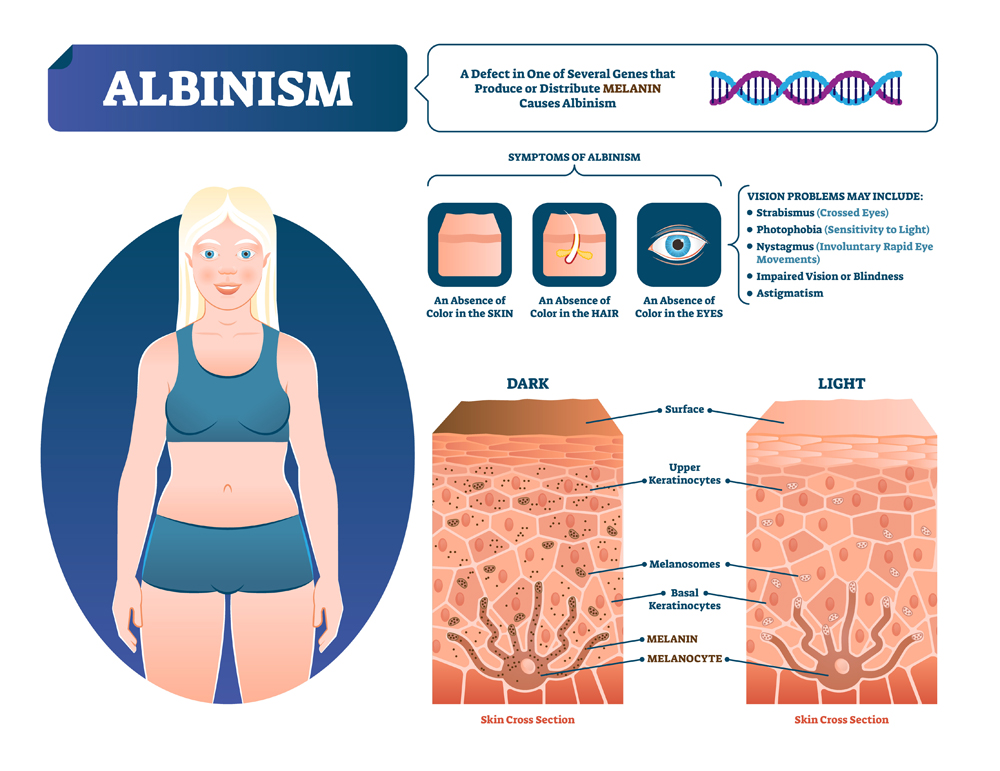
The other white humpbacks currently known include Bahloo, Willow and Migaloo Junior, but these whales are not albino, as their bodies have only lost skin colouration in patches, not throughout their body. Migaloo Jr. is thought to be the offspring of the famed Migaloo, but this has yet to be analyzed and proven. Albinism in aquatic mammals has been seen in 7 species of pinnipeds (fin-footed mammals including seals, sea lions and walruses) and 21 species of cetaceans (dolphins, porpoises and whales).
Is Migaloo Still The Talk Of The Town?
Spotting a white whale amongst a pod of grey-black humpbacks shouldn’t be too hard, but for the past two years, Migaloo has been MIA (missing in action) and rumors of his death have been circulating among whale experts that have long been following his pod’s migratory pattern, which includes an annual 7,500km swim up the East Coast of Australia in search of warmer waters.
Whales may change their migratory patterns as they grow, choosing the best possible route to avoid predators or competitors, and Migaloo was observed to be behaving in that way.
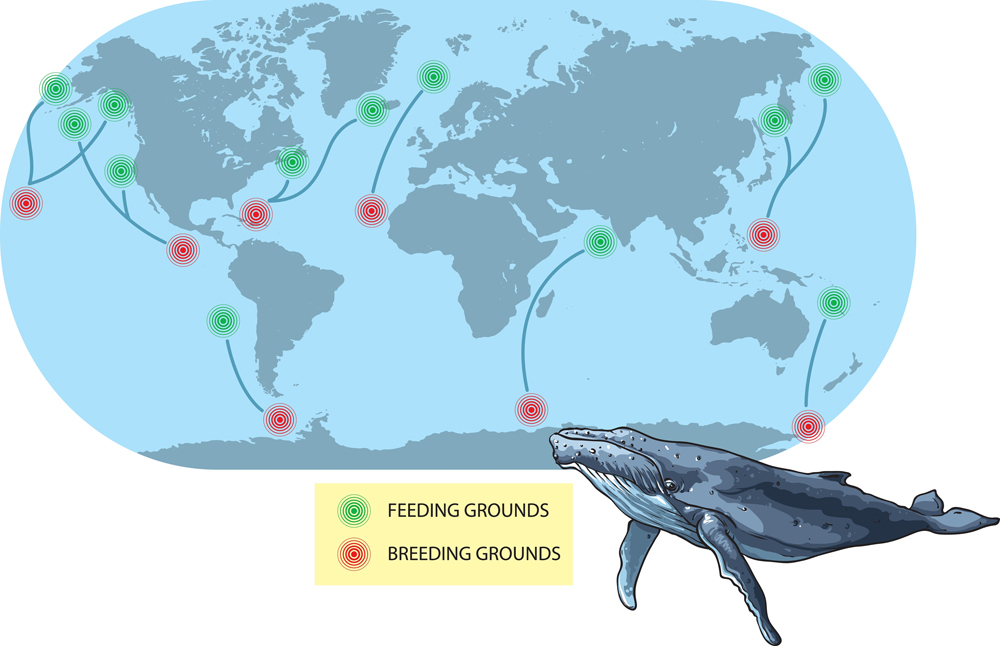
Being so unique comes with some perks, such as having legislation in your name! Migaloo may be well sought-after, and can hold great value on the illegal trade market, so governments have ensured that he has access to large boundaries of safe space.
Any ship or vessel that comes within 500 meters of him could face a heavy fine of $16,500. He has also been taken under the protection of the ‘Australian National Guidelines for Whale and Dolphin Watching in the Environment Protection and Biodiversity Conservation Act Regulations’.
So, on the bright side, no sightings does not mean no whale; this might well be a game of hide and seek! Calculated to be a 30-year-old adult in 2019, and considering the fact that humpbacks live for 80-90 years, Migaloo just might magnificently break through the water again and catch us all by surprise one day!
A Final Word
Albinism or Leucism, although extremely rare, is still seen in large marine mammals like humpback whales. These whales are subject to a genetic disorder wherein their skin cells are unable to produce melanin, a biological pigment responsible for color.
Migaloo is one such whale that draws attention from around the globe. Study and research on this white whale can help us further our knowledge of the genetic aspects of large mammals, like whales and dolphins, which can be critical in understanding these incredible species even better.
Basically, the next time you spot an animal that seems too good to be true… it just might be!
References (click to expand)
- How much of the ocean have we explored?. The National Ocean Service
- A Determined Observation and the Investigation of Moby Dick .... ResearchGate
- (2006) Morphological specializations of baleen whales associated .... West Chester University
- Fleming, A., & Jackson, J. A. (2013). GLOBAL REVIEW OF HUMPBACK WHALES (Megaptera novaeangliae). BiblioGov.
- Herman, L. M. (2016, November 7). The multiple functions of male song within the humpback whale (Megaptera novaeangliae) mating system: review, evaluation, and synthesis. Biological Reviews. Wiley.
- Marçon, C. R., & Maia, M. (2019, September). Albinism: epidemiology, genetics, cutaneous characterization, psychosocial factors. Anais Brasileiros de Dermatologia. Elsevier BV.
- Koper, R. P., Drost, E., & Plön, S. (2017, May 15). First Sighting of a Leucistic Humpback Whale (Megaptera novaeangliae) in South African Coastal Waters. Aquatic Mammals. Aquatic Mammals Journal.
- observations of a hypo-pigmented humpback whale ... - Imgix. fh-sites.imgix.net
- (PDF) Albinism - ResearchGate. ResearchGate
- Humpback Whale | NOAA Fisheries. The National Oceanic and Atmospheric Administration

